There it was in my Facebook feed, one of those ads for new apps I normally just scroll past. The first one caught my eye because it annoyed me so much. It was called “Facetune” and it purported to “improve” your photos. Tagline: Why do you think your friends’ selfies look so good? (Answer: if your friends post enough selfies for you to be considering their relative quality, maybe it’s time for new friends and new hobbies). The “after” shot was a creepy, yellow-y cement version of the “before” picture, a perfectly adorable picture of a freckle-faced girl. In order to get the ad off my phone, I scrolled right.
And there it was, the ad for Happify. It was a jaunty yellow and it said, “Stop Negative Thoughts.” I’ve been known to have a negative thought or 2,000, so I clicked through. Games for happiness. Created by experts. Featured in the New York Times and on Katie Couric, an odd combination of happiness taste-makers, but there you have it.
It was free, so I downloaded it. (Alas, I had to fork over my bra size and my social security number. Okay, not really, but I had to give more information than I wanted to give, including, “Would you consider yourself in a serious relationship?” and “Do you think a lot about the past?”).
Once I jumped through all their hoops, the first game was okay. It asked me to list 3 happy things that happened today. I wrote down that someone had complimented my make-up and my daughter was especially delightful in volunteering to put away all the groceries when I came home from shopping kind of grumpy. For my third thing, I listed the fact that today is Day 12 of my Big Spring Clean. That felt a little like phoning it in, but that’s what I had, so I went with it. At the end it asked me, “How happy did these things make you?” Somewhat, I replied. It didn’t judge my lack of joy.
It was the second game that caught my attention. The premise was laughably simple: click on hot air balloons with happy, positive words in them and ignore the balloons with negative words. Clicking on a balloon with a happy word made it rise and a little +10 (or +20 or even +50) flew up from it, increasing your score. Ugly word balloons just sort of hovered there, although they were far less plentiful than the happy ones. I was a little grossed out that one contained the word “cockroach.” But mostly they said things like “Peaceful,” and “Efficient” and “Joy.” Click, click, click and up they flew. The cockroach balloon faded away and was replaced by one that said, “Bliss.” Click.
The hot air balloons seriously made me happy. Like, really. Like smiling and getting that uplifting feeling of real, honest-to-goodness joy. Maybe it’s because I’m highly suggestible in writing, but I had visions of playing the happy hot-air balloon game every morning. When they were gone (because I “won”) I was sorry.
So, can an app make you happy? I don’t know. It can make you mindful, I suppose (another word that floated by in a hot air balloon, by the way), and anything you focus on expands. So by paying attention to the intention to feel happy, it would stand to reason you can increase your happiness. Click here to check out Happify yourself. And be happy.




